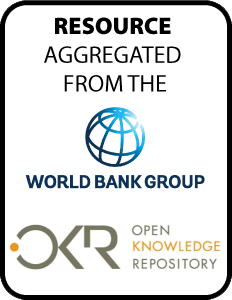Resource information
The nutrition cluster is a very
important entity to coordinate actions during emergencies.
It is important that the nutrition cluster know in advance
which institutions work where and what kind of inputs are
pre-positioned. Risk management plans need to be ready at
the local level in advance of emergencies. Although
emergencies occur every year in Guatemala, the emergency
response often fails to incorporate the management of
malnutrition among its priority actions. Community programs,
like AIN-C (a community- based child care program - atencion
integral a la ninez comunitaria), can be an efficient
mechanism to protect young children's nutrition and
provide an important channel for the government or other
assistance agencies to funnel support to communities in need
during a period of crisis or emergency. This is because
community workers know the families and those who are most
vulnerable; they are willing to be called upon to help their
community; and they can provide educational support to
families to ensure rapid recovery among young children.
Community-based growth promotion programs such as AIN-C can
be strengthened and scaled up, and they are a good
investment, in the aftermath of an emergency or during a
time of economic crisis, to swiftly deliver services to
affected families. Community agents can carry important
information to the community and can distribute food,
nutrition and health supplements such as micronutrient
powders and oral rehydration salts for young children, as
well as hygiene and water purification products. Community
kitchens are an efficient approach to reduce hunger among
the poor during times of high economic stress. They provide
a social safety net and can have a nutrition effect when
carefully planned. Community kitchens adjust to the labor
market and general economic conditions; hence targeting of
the poor and most in need through community kitchens is
self-selective. The kitchens can expand and shrink as
participants continually assess the trade-off between unpaid
work in exchange for free or inexpensive meals and the
pursuit of opportunities in the labor market.


